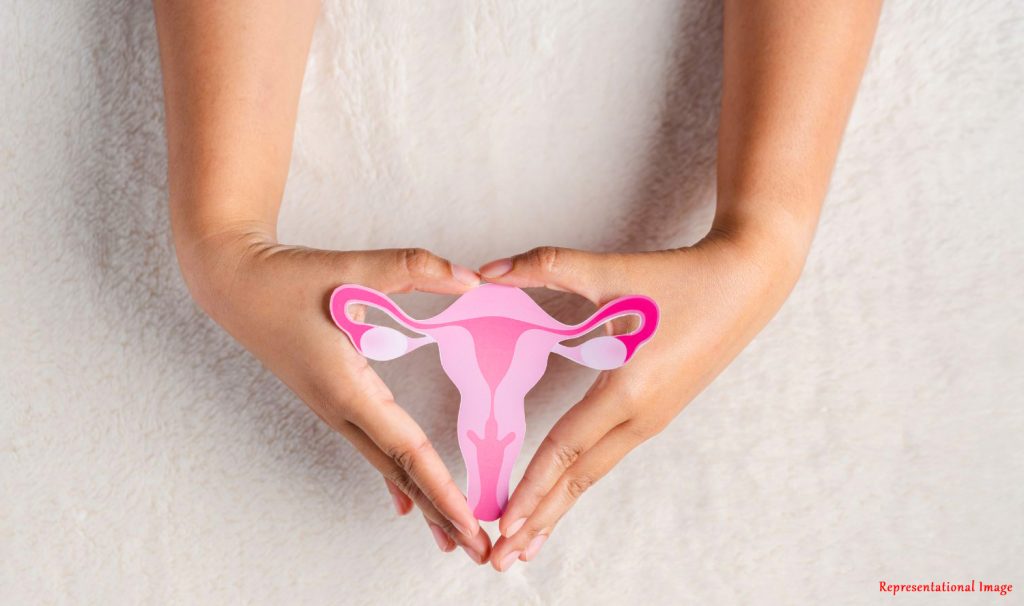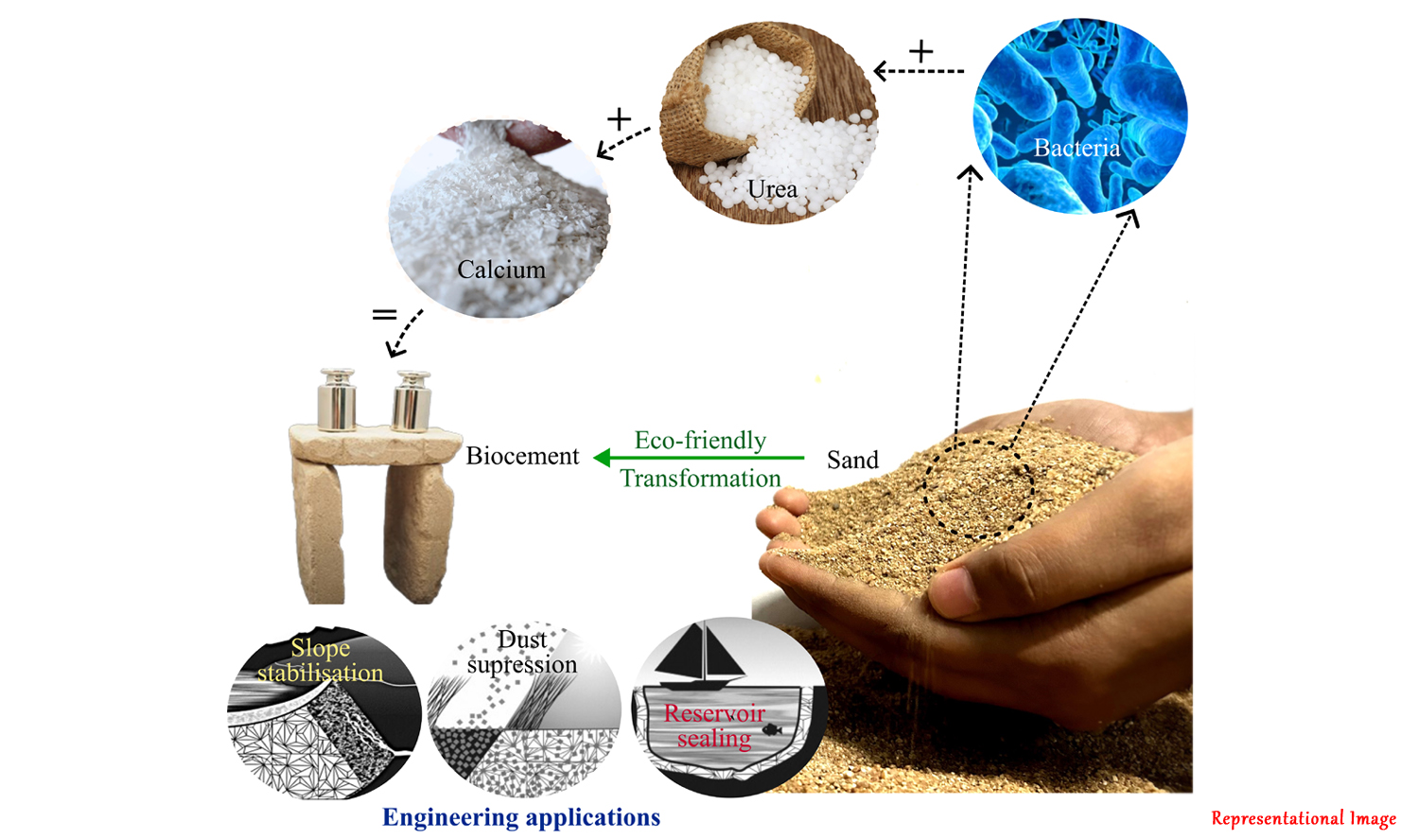
Cancer is a killer. When cancer is detected in the early stages it can be treated and cured. Unfortunately, there are some forms of cancer that can be identified only in the later stages of the disease, for example, cervical cancer. Cervical cancer is the cancer of the cervix. The cervix is the region at the lower, narrow end of the uterus, or the womb in women.
However, there are effective treatments such as radiation therapy and chemotherapy for cervical cancer, but when the cancer is large, these treatments are not effective and fail to kill cancerous cell. However, adding hyperthermia (HT) sequential to these treatments, enhances the effects of these treatments and improves clinical outcome. HT is one of the few adjuvant treatment modalities with little side effects. In this method, the malignant tumour is selectively heated to induce cell death and enhance cytotoxic effects of radiotherapy (RT) and chemotherapy (CT) cancer treatments.
HT using external antennas have large tumour tissue coverage and are suitable for large cervical cancer patients. Thus, hyperthermia treatment using external antennas along with external beam radiotherapy (EBRT) is the commonly used method to treat cervical cancer. However, this method of treatment is expensive and not affordable for low middle- income countries (LMIC) such as India where locally advanced cervical cancer (LACC) continues to be a socio-economic burden.
In patients with LACC, the clinical practice is to administer EBRT with high dose rate (HDR) brachytherapy (BT) at the primary site with or without chemotherapy. Brachytherapy is a type of internal radiation to destroy cancer cells and to shrink tumours.

Therefore, the authors of this paper which include Mr. Shabeeb Ahamed KP from the Department of Biotechnology, Indian Institute of Technology Madras, Chennai, India, and Mr. Joseph Prashanth Britto and Prof. Kavitha Arunachalam from the Department of Engineering Design, Indian Institute of Technology Madras, Chennai, India, have developed a flexible coaxial wire antenna with a low profile flexible choke to deliver localized hyperthermia treatment to the cervix using a custom designed uterine tandem applicator. The tandem once placed inside the cervix can be used to deliver HDR brachytherapy as well as HT in sequence.
In this study, a flexible ferrite sheet was used for the choke design due to its low profile and superior current suppression capabilities ensuring localized power deposition within the cervix compared to other conventional chokes. Applicator measurements were in good agreement with the simulations. The device when used in administering intracavitary hyperthermia as an adjuvant therapy was found to have the potential to further improve local control and prevent recurrence at the primary site. This is expected to reduce the cancer burden when the external mode of hyperthermia treatment using phased array of antennas is not affordable.
Efforts are underway to study the hyperthermia treatment delivery capability of the proposed intrauterine tandem in patient derived heterogeneous models, and to assess high dose rate-brachytherapy dose delivery through the uterine tandem for sequential delivery of intracavitary hyperthermia and high dose rate-brachytherapy to the cervix.
The authors have a patent granted for their intrauterine tandem applicator and means for delivering sequential localized hyperthermia and HDR-BT to the cervix. The microwave source that will be used for delivering hyperthermia treatment was recently fabricated in collaboration with SAMEER, Mumbai. HDR-BT dosimetry and pre-clinical assessment of the device is planned to be carried out at CMC Hospital, Vellore under the guidance of Dr. Thomas Ram Samuel, Professor and Head, Radiotherapy unit and adjunct faculty of Department of Engineering Design, IIT Madras. This collaborative research is supported by funding from the Technology Development Program – Biomedical Device and Technology Development, Department of Science and Technology, Government of India.
Dr. Nagraj G. Huilgol, Chief Radiation Oncologist, Department of Radiation Oncology, Dr. Balabhai Nanavati Hospital, Mumbai, India, gave the following observations regarding this work: “Hyperthermia is a proven potentiator of radiation and chemotherapy. Heating deep seated cancers is always a challenge. Intracavitary heating circumvents difficulties in heating by external devices. Fabrication of the intracavitary heating system is a useful step in treating gynaecological cancers. Gynaecological cancers in India constitute a very large burden in women.”
Article by Akshay Anantharaman
Click here for the original link to the paper











